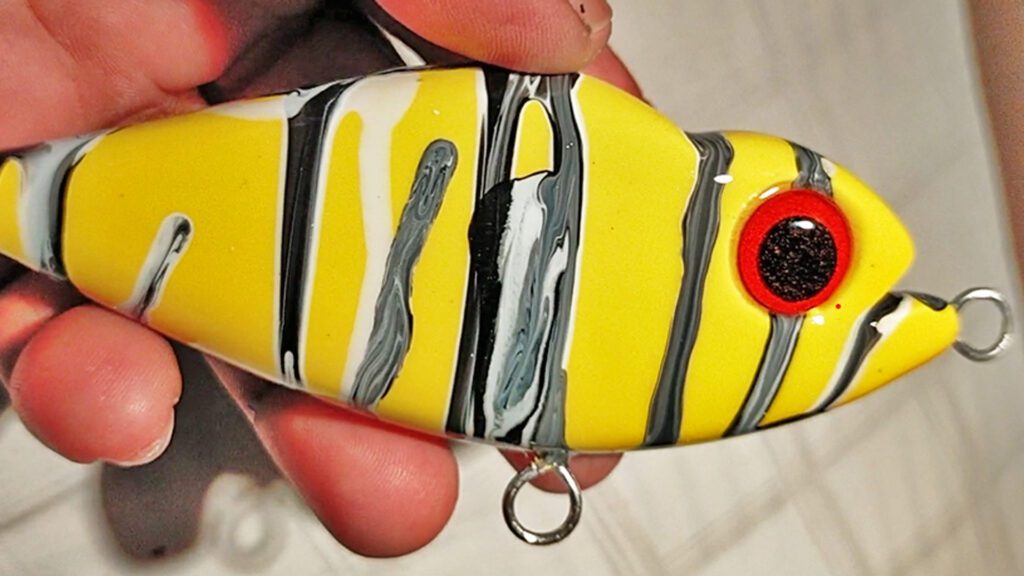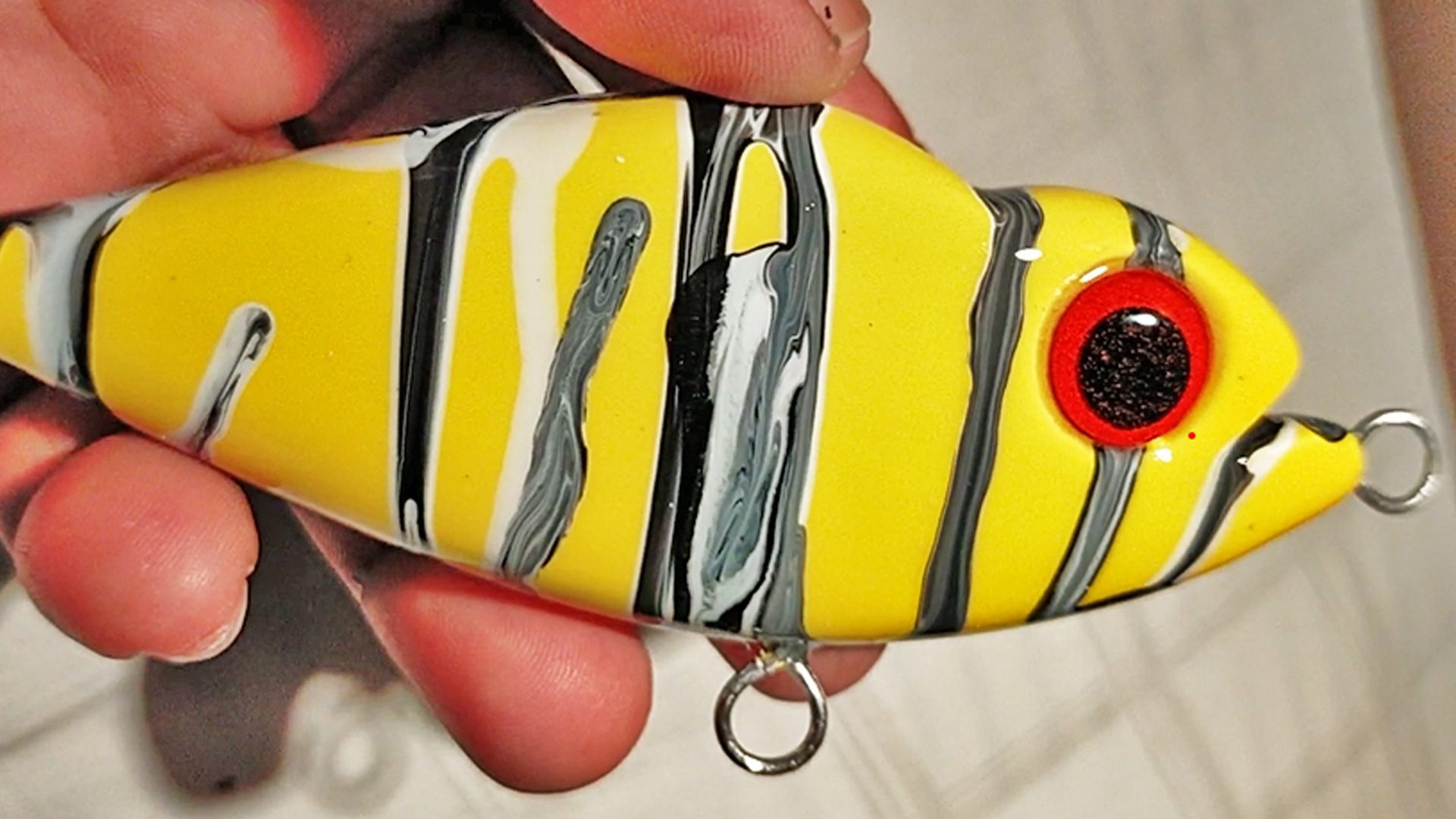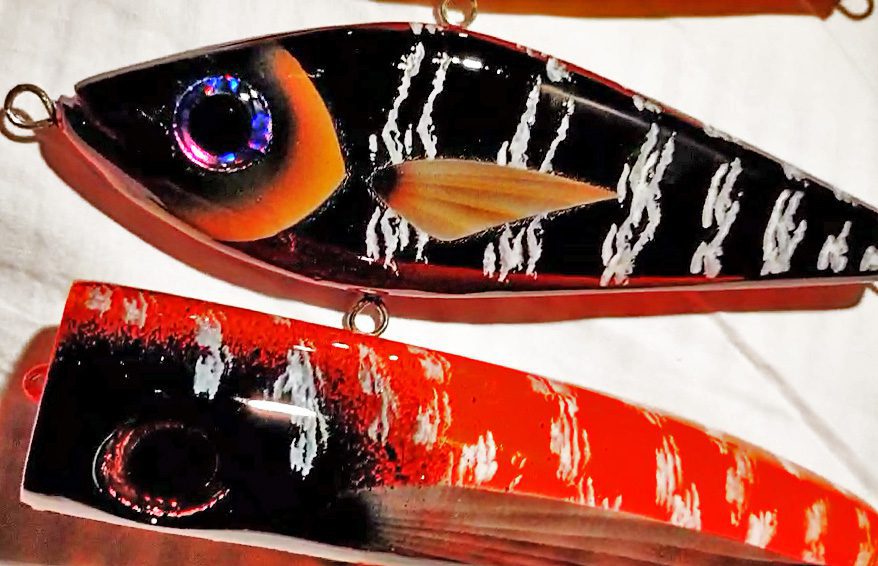
Jonathan Balcomb, a British-born, US-based scientist and author who has written extensively on animal behavior, ecology, and conservation, said in his “book—“What a Fish Knows”—“Fish” “can see as clearly underwater as we can in air.” In his book, he has proven the prevalent belief that fish are not dumb creatures. He has explained many aspects of fish, such as they are aware and sentient. They communicate and culture and desire to seek relationships as well.
Many fish show highly sophisticated visual behaviors that help them analyze visual processes exceptionally well. Karl von Frisch, who won the Nobel Prize for Physiology or Medicine with animal behaviorists Konrad Lorenz and Nikolaas Tinbergen in 1910, proved that fish can distinguish color and brightness differences (von Frisch, K.).
Some fish also have highly sensitive color vision that allows them to live in very deep areas. According to a study conducted by the Queensland Brain Institute (QBI), certain species of deep-sea fish have highly sensitive color vision. This study enabled them to find that there is rod-based color vision. This study supports the existence of a purely rod-based color vision system. Rods are cells that are responsible for vision in low light.
“Vertebrates possess up to five types of opsins, and most of these tend to be used in cones,” said Dr. Fabio Cortesi, a postdoctoral research fellow at QBI. “Cones generally operate in bright-light conditions, and using a variety of opsins allows sensitivity to a broad range of colors. If you want to survive down there, you need to quickly decide if you want to avoid being eaten or eat what you see.”
Some fish, as such, can effortlessly detect prey against a UV background. These include juvenile and adult salmon. When adult salmon migrate from salt water to freshwater, they are able to sense infrared light due to a mechanism in their eyes that modifies vitamin A molecules in their retina. In dark or cloudy environments, they switch to night vision due to this ability (Nettimi, 2022).
In 1997, a test conducted by biologist Culim Brown showed that fish have the cognitive power of remembering. In the experiment, a hole was made in a net placed in the fish tanks. In the final trial, all fish found and remembered the big hole in the net, and they warded off being captured. Biologist Stephen Reebs stated that “for almost every feat of learning displayed by a mammal or a bird, one can find a similar example in fishes.”
These are true facts that science has revealed about their vision. The famous ethologist Jonathan Balcomb said, “Fish can see as clearly underwater as we can in air.” Fish also communicate or express themselves. Color also plays an important role in their behavior and communication. If a fish is aggressive or wants to forage for food, color harmonizes according to the instinct of the fish that possesses this marvel. Color presents their mood and gender as well. It can tell you if it is breeding.

